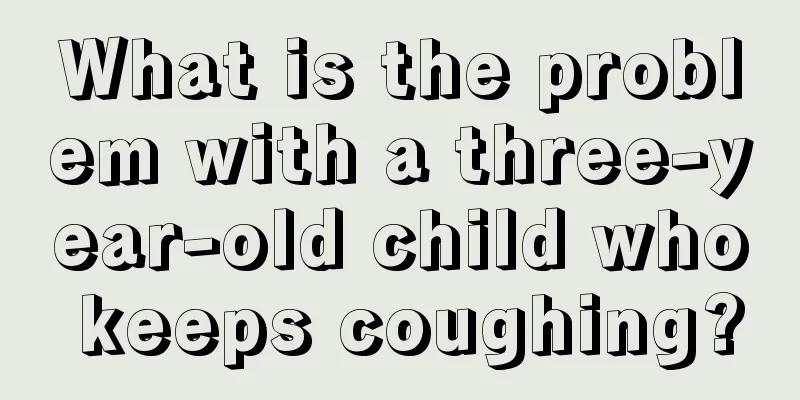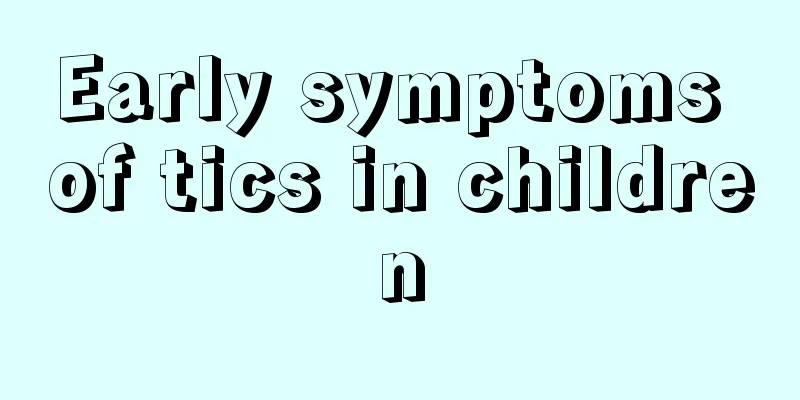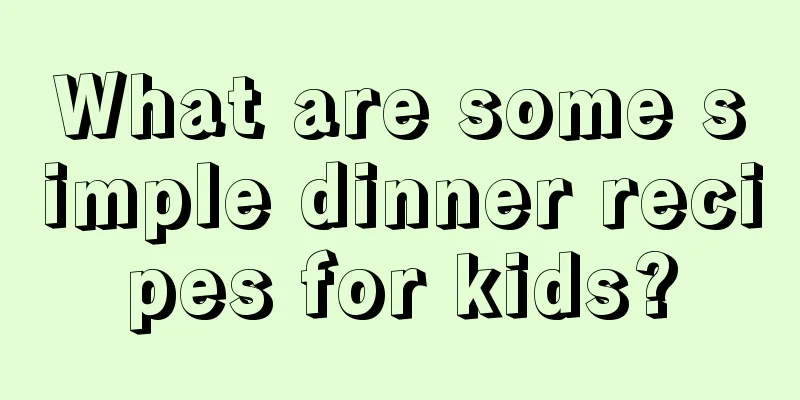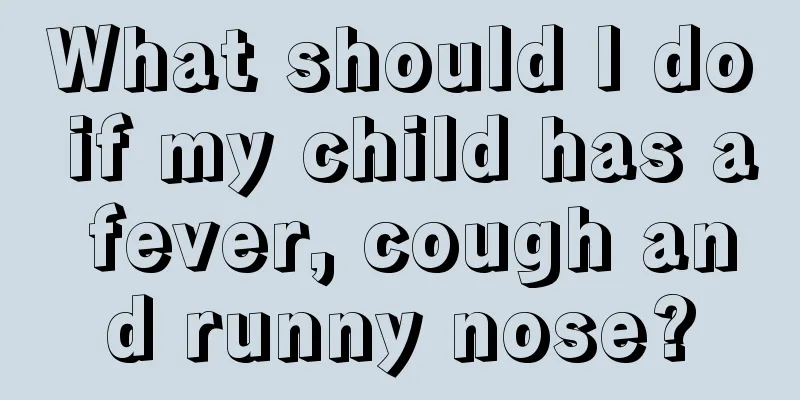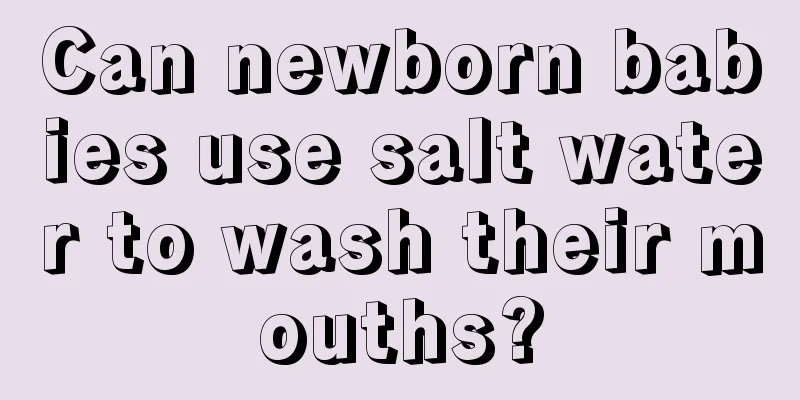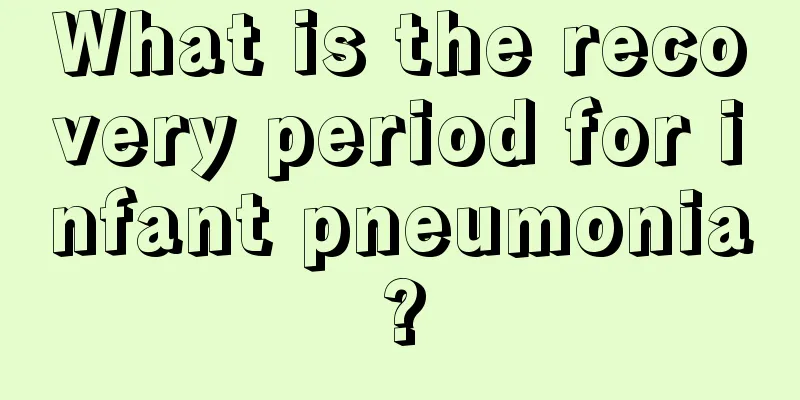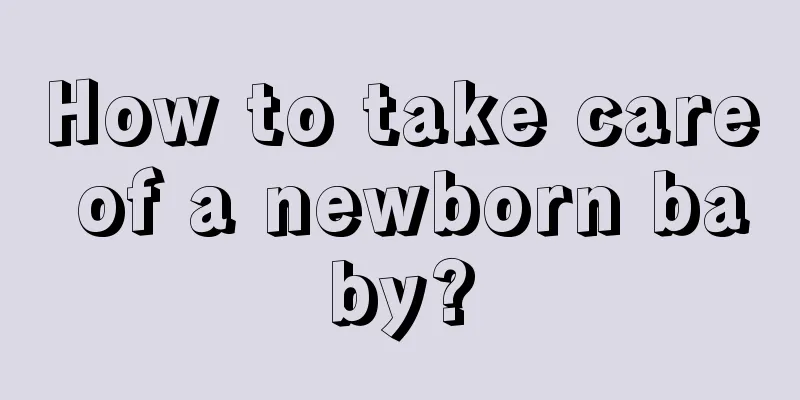What are the characteristics of bronchial asthma cough in children?
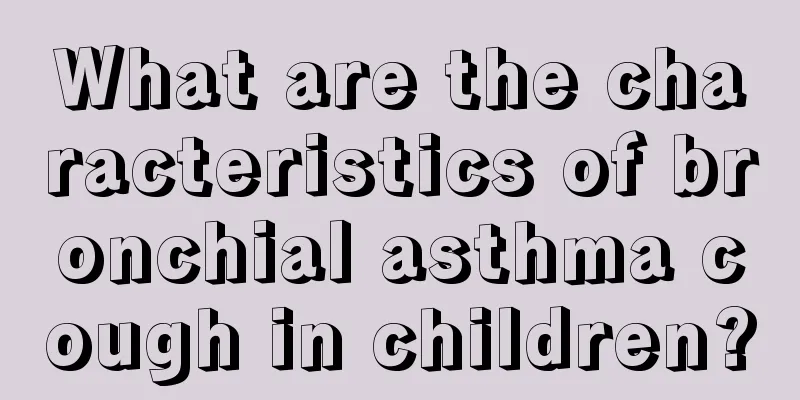
|
It can be said that asthma is an incurable disease at present. Most of the time, the disease occurs due to allergies, so patients must pay more attention in their daily lives. In fact, asthma often refers to bronchial asthma. The most annoying thing about this disease is that it is likely to affect children, so parents should be more vigilant. Below I will briefly introduce to you the characteristics of childhood asthma. Bronchial asthma (bronchial asthma), referred to as asthma, is one of the common respiratory diseases in children. It is currently believed that bronchial asthma is a chronic, persistent inflammatory disease of the airways, in which many cells play an important role, such as lymphocytes, eosinophils, mast cells, etc., and is accompanied by a significant increase in nonspecific airway response. It is a multifactorial disease with airway hyperresponsiveness (BHR) as the main clinical feature. Clinically, the main manifestations are repeated reversible wheezing and coughing attacks, chest tightness and dyspnea. These symptoms are often reversible, but can also become severe and occasionally cause death. Therefore, the prevention and treatment of asthma should be taken seriously. 1. Characteristics of asthma in infants and young children (1) Obvious cough and wheezing during the day or at night, which worsens after exercise. (2) Pathologically, the main symptoms are mucosal swelling and hypersecretion, and the wheezing sound is of a low pitch. (3) Relatively poor response to corticosteroids. (4) Susceptible to respiratory tract infections. 2. Characteristics of childhood asthma (1) Respiratory allergies usually appear gradually after the age of 2. (2) The season of onset is related to the type of allergen. (3) There is obvious smooth muscle spasm and the wheezing sound is high-pitched. (4) Good response to glucocorticoids. 1. Diagnostic criteria for asthma in infants and young children (1) Age < 3 years, wheezing ≥ 3 times. (2) During an attack, there is wheezing in the lungs and exhalation is prolonged. (3) Having an atopic constitution (eczema, allergic rhinitis). (4) Family history of asthma. (5) Exclude other asthmatic diseases. If (1), (2) and (5) above are present, infant asthma can be diagnosed; if there are two wheezing attacks and (2) and (5) are present, the diagnosis is suspected asthma or wheezing bronchitis. If both (3) and (4) are met, therapeutic diagnosis may be considered. 2. Diagnostic criteria for childhood asthma (1) Age > 3 years, with recurrent wheezing episodes. (2) During an attack, there is wheezing in both lungs and exhalation is prolonged. (3) Bronchodilators have obvious therapeutic effects. (4) Exclude other causes of wheezing, chest tightness, and cough. (5) For patients of all age groups who are suspected of having asthma and wheezing in their lungs, any of the following bronchodilator tests can be performed: inhalation of aerosol or solution of a β2 receptor agonist; subcutaneous injection of 1‰ epinephrine 0.01ml/kg, with a maximum dose of no more than 0.3ml/time. After 15 minutes, observe whether there is any obvious therapeutic effect. |
<<: Children's allergic rhinitis will heal itself
>>: How to take care of a lump on a child’s anus?
Recommend
At what age do children grow wisdom teeth?
Wisdom teeth are also called wisdom teeth. I beli...
Why is my baby's butt itchy?
Normally, the incidence rate of anus itching in b...
How many months does a child start talking?
With the development of society, more and more pa...
Baby's body has acne with white spots
The skin of a baby's body is very delicate, a...
What should children eat to grow taller?
The living standards are very good now, and every...
What is the recovery rate of leukomalacia? How to treat it?
White matter health problems have become more and...
1. The area around the child's anus is red, painful and itchy
If a baby is born in each season, there are pros ...
Symptoms of congenital heart disease in newborns
I don’t know if you have heard of congenital hear...
How to determine the type of diarrhea in children
Children in their early childhood are very prone ...
Treatment for newborns who keep feeding
The birth of every new life will make our parents...
Can newborns see lights?
The arrival of a baby is the happiest thing for e...
What are the folk remedies for treating acute sinusitis in babies?
Acute sinusitis is a disease caused by respirator...
Is yogurt good for babies?
Nowadays, every baby is spoiled by his parents, a...
How can children grow taller
How tall a child can grow has a lot to do with ge...
What should I do if a two-year-old child has a fever and vomits at night?
Taking good care of children is the responsibilit...
